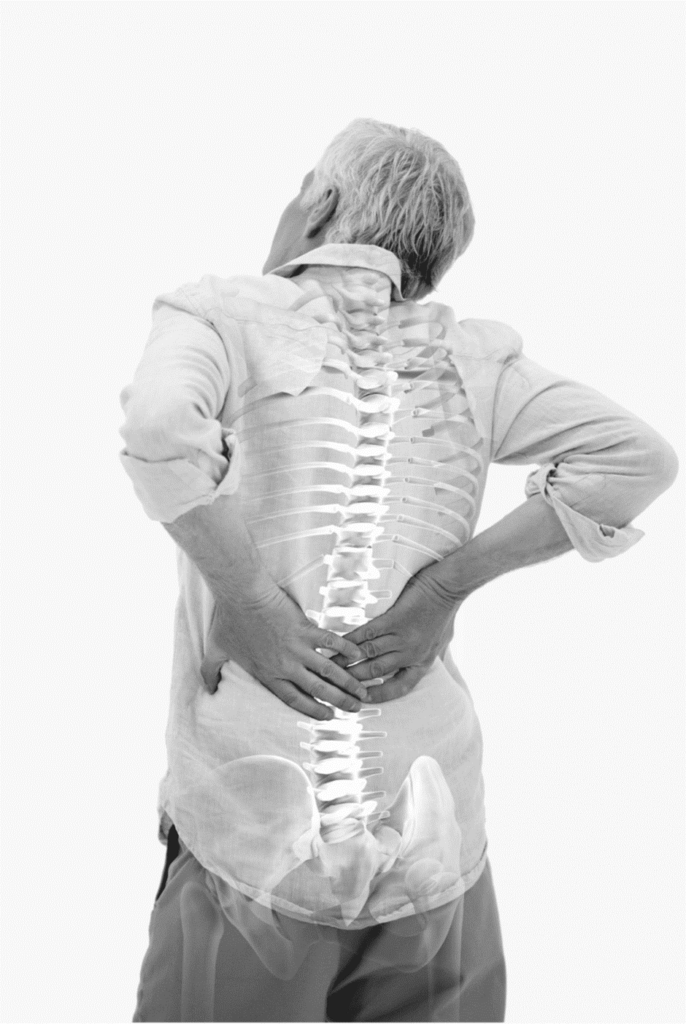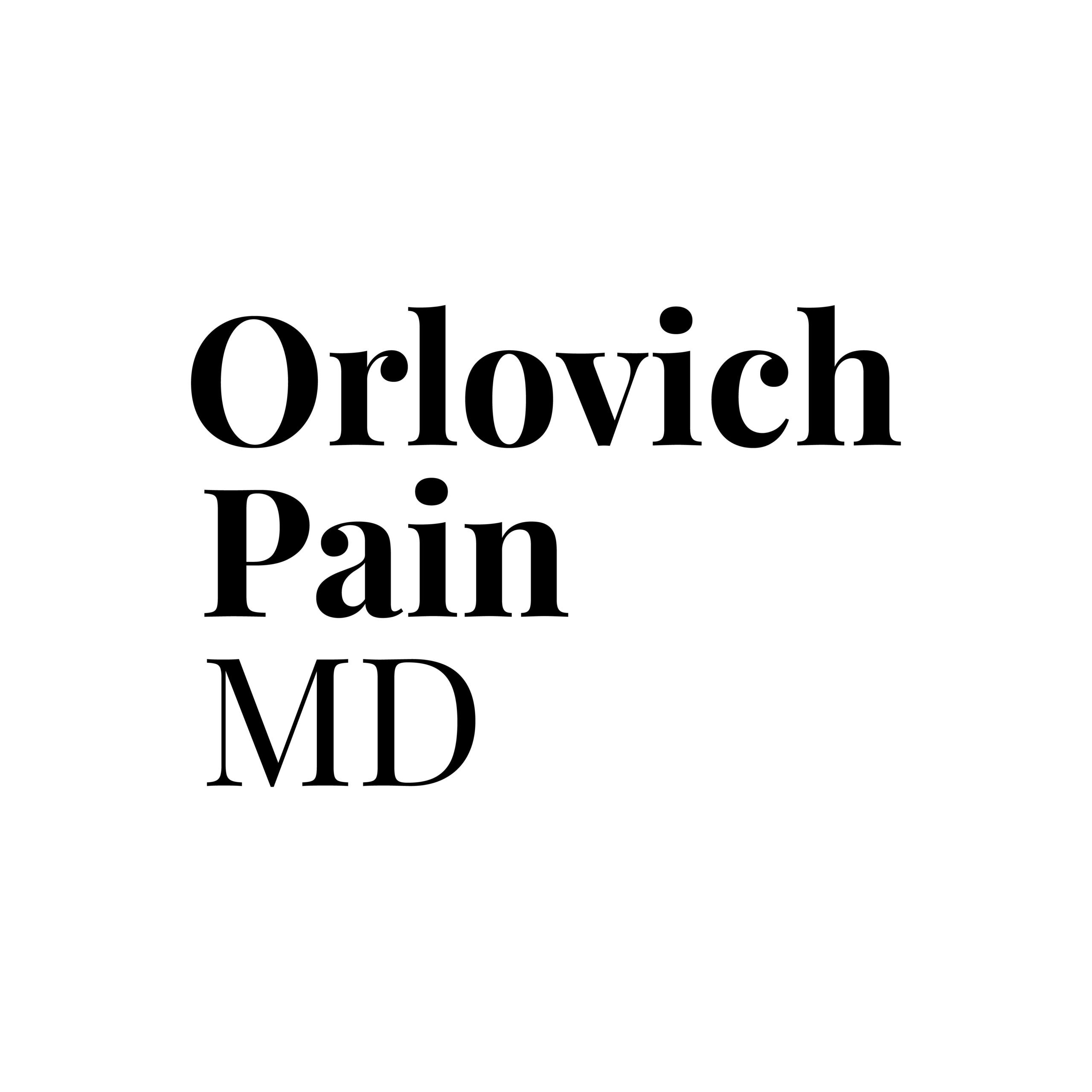Back pain is a pervasive and often debilitating condition that affects millions worldwide. Picture this: every year, over 80% of adults experience back pain at some point in their lives. It’s not just a mere inconvenience; it significantly impacts one’s daily life, productivity, and overall well-being. In this blog post, we delve into a revolutionary solution—Vertiflex—and guide you through making informed decisions to alleviate your back pain.
Importance of Informed Decision-Making
Making informed decisions about back pain treatments is paramount. It involves exploring various options, understanding their pros and cons, and choosing the approach that aligns with your specific needs. In this journey, Vertiflex emerges as a potential game-changer. This blog post aims to equip you with the knowledge needed to make educated decisions about incorporating Vertiflex into your back pain management strategy.

Understanding Vertiflex
A. What is Vertiflex?
Vertiflex is an innovative, minimally invasive treatment designed to address lumbar spinal stenosis—a condition where the spinal canal narrows, causing pressure on the nerves. The Vertiflex procedure involves the placement of a small spacer between the vertebrae, relieving pressure on the affected nerves and providing stability. Unlike traditional surgical interventions, Vertiflex is less invasive, offering a quicker recovery time and reduced risks.
B. How Vertiflex Differs from Other Solutions
Comparing Vertiflex to traditional back pain management methods highlights its unique advantages. While physical therapy and medications focus on symptom relief, and surgery involves more significant interventions, Vertiflex strikes a balance. It provides a targeted solution that addresses the root cause of lumbar spinal stenosis with minimal disruption to the surrounding tissues. The outpatient nature of Vertiflex also means less downtime compared to traditional surgical options.
C. Effectiveness and Success Stories
Studies and testimonials underscore the effectiveness of Vertiflex in providing relief for those suffering from lumbar spinal stenosis. Patients report improved mobility, reduced pain, and an enhanced quality of life post-Vertiflex. Sharing these success stories helps build confidence in considering Vertiflex as a viable option for managing back pain.

Considerations Before Choosing Vertiflex
A. Eligibility and Candidacy
Not everyone with back pain is a candidate for Vertiflex. Eligibility is determined by factors such as the severity of spinal stenosis, overall health, and previous treatments. Consulting with a healthcare professional is essential to assess whether Vertiflex aligns with your specific condition and health status.
B. Potential Risks and Side Effects
While Vertiflex is generally well-tolerated, like any medical procedure, it comes with potential risks and side effects. These may include infection, nerve damage, or device-related issues. It’s crucial for individuals to weigh these risks against the potential benefits and have open discussions with their healthcare providers to make informed decisions.
C. Cost and Insurance Coverage
Understanding the financial aspect of Vertiflex is crucial for decision-making. The cost may vary, and insurance coverage is a significant consideration. Some insurance plans may cover the procedure, while others may require a detailed justification. Exploring these aspects beforehand ensures financial preparedness and reduces surprises.
Making an Informed Decision
A. Consultation with Healthcare Professionals
Seeking guidance from healthcare professionals is fundamental to making an informed decision about Vertiflex. Your doctor can evaluate your specific case, discuss potential benefits, and address any concerns you might have. A collaborative approach between you and your healthcare team ensures a tailored treatment plan that aligns with your unique needs.
B. Gathering Information and Research
Empower yourself by delving into credible sources of information. Research studies, medical journals, and reputable healthcare websites provide insights into Vertiflex’s efficacy and patient experiences. Understanding the science behind the procedure and its outcomes allows you to approach your decision with knowledge and confidence.
C. Patient Empowerment
Taking an active role in your healthcare journey is empowering. Effective communication with healthcare providers, asking questions, and expressing your concerns are integral parts of this process. Patient empowerment fosters a collaborative environment where decisions are made collectively, ensuring a holistic and patient-centered approach.

Importance
- Precision in Treatment:
- Reference: Cohen, S. P., & Hooten, W. M. (2017). Advances in the diagnosis and management of chronic pain. BMJ, 356, j1041.
- Explanation: Informed decision-making ensures a precise and tailored approach to back pain treatment. Understanding the specifics of Vertiflex and how it addresses lumbar spinal stenosis allows individuals to choose a treatment aligned with the root cause of their pain.
- Minimizing Risks and Maximizing Benefits:
- Reference: Deyo, R. A., Mirza, S. K., & Martin, B. I. (2016). Back pain prevalence and visit rates: estimates from U.S. national surveys, 2002. Spine, 36(24), 2177-2184.
- Explanation: By being informed about Vertiflex, individuals can weigh the potential risks against the benefits. This minimizes the chances of unexpected complications and maximizes the likelihood of a positive outcome, aligning with the individual’s health profile.
- Cost-Effective Decision-Making:
- Reference: Martin, B. I., Deyo, R. A., Mirza, S. K., Turner, J. A., Comstock, B. A., Hollingworth, W., & Sullivan, S. D. (2008). Expenditures and health status among adults with back and neck problems. JAMA, 299(6), 656-664.
- Explanation: Informed decision-making extends to considering the financial aspects of treatment. Understanding the potential costs of Vertiflex and exploring insurance coverage ensures a cost-effective approach to managing back pain.
- Patient-Centered Care:
- Reference: Stewart, M., Brown, J. B., Weston, W. W., McWhinney, I. R., McWilliam, C. L., & Freeman, T. R. (1995). Patient-centered medicine: Transforming the clinical method. Sage Publications.
- Explanation: Informed decisions empower individuals to actively participate in their healthcare journey. Patient-centered care, where decisions are made collaboratively with healthcare providers, enhances the overall experience and outcomes of back pain management.
- Efficacy and Success Stories:
- Reference: Nunley, P. D., Patel, V. V., Orndorff, D. G., Lavelle, W. F., Block, J. E., & Geisler, F. H. (2018). Five-year durability of stand-alone interspinous process decompression for lumbar spinal stenosis. Clinical Interventions in Aging, 13, 1401–1408.
- Explanation: Knowing the efficacy of Vertiflex through research studies and success stories from other patients provides a sense of assurance and builds confidence in choosing this specific treatment option.
Questions
What is Vertiflex, and how does it work?
Vertiflex is a minimally invasive treatment designed for lumbar spinal stenosis. It involves placing a small spacer between the vertebrae to relieve pressure on the nerves and provide stability. Unlike traditional surgeries, Vertiflex offers a less invasive approach with quicker recovery times.
Who is eligible for Vertiflex treatment?
Eligibility for Vertiflex depends on various factors, including the severity of spinal stenosis, overall health, and previous treatments. Consultation with a healthcare professional is crucial to determine if Vertiflex is a suitable option for an individual.
How does Vertiflex compare to other back pain management methods?
Vertiflex differs from traditional methods such as physical therapy and surgery by providing a targeted solution for lumbar spinal stenosis. It aims to address the root cause with minimal disruption to surrounding tissues, offering benefits like quicker recovery and reduced risks.
Are there potential risks or side effects associated with Vertiflex?
While generally well-tolerated, Vertiflex, like any medical procedure, carries potential risks. These may include infection, nerve damage, or device-related issues. It’s crucial to discuss these risks with healthcare providers to make informed decisions.
How effective is Vertiflex, and are there success stories?
Studies and testimonials highlight the effectiveness of Vertiflex in relieving symptoms of lumbar spinal stenosis. Many patients report improved mobility and a better quality of life post-Vertiflex. Discussing success stories with healthcare professionals can provide insights into expected outcomes.
Conclusion
In conclusion, navigating the realm of back pain management requires a nuanced understanding of available options. Vertiflex emerges as a promising solution for those dealing with lumbar spinal stenosis. From its innovative design to success stories, eligibility considerations, and financial aspects, this blog post has covered key points to help you make informed decisions about choosing Vertiflex.
To those grappling with back pain, this is a journey toward relief and improved well-being. While each person’s experience is unique, the hope lies in the wealth of available options and advancements in medical science. With informed decision-making, there is a path forward—one that holds the promise of a life with less pain and more mobility.
As you navigate your back pain management journey, remember that you are not alone. Share your experiences, ask questions, and engage with the community. Whether considering Vertiflex or other options, the collective knowledge and support can be invaluable. Your journey towards a pain-free life is within reach—take the first step towards making informed decisions about your back pain.






